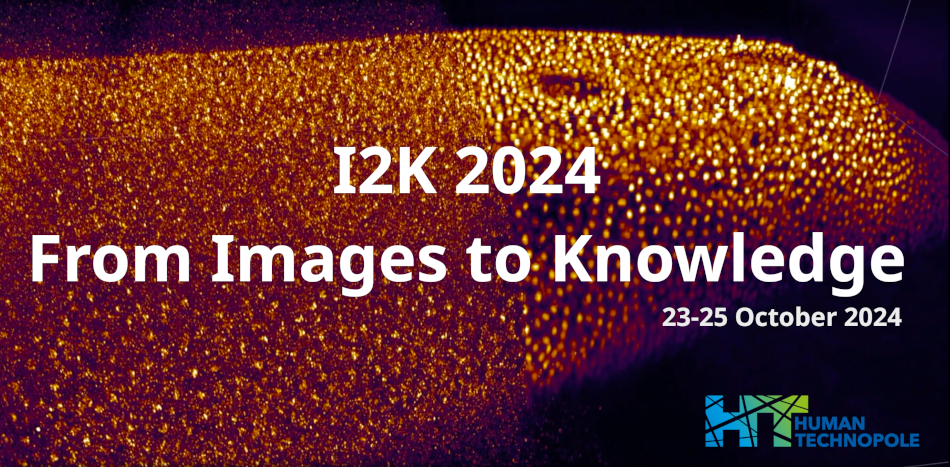Speaker
Description
The analysis of gene expression within spatial contexts has greatly advanced our understanding of cellular interactions. Spatial transcriptomics, developed through both indexing-based sequencing and microscopy-based technologies, offers unique benefits and challenges. Indexing-based methods achieve high resolution but are costly, while microscopy-based methods, such as in situ sequencing (ISS), provide a cost-effective alternative for targeted transcriptome profiling. ISS uses multicolor cyclic imaging to decode barcoded transcripts in single cells, allowing extensive multiplexing with no theoretical limit on imaging cycles. This technique has been successfully applied to profiling transcriptomes in mouse brain and human breast cancer tissues and forms the basis of the Xenium platform for various tissues. We introduce ‘iss-nf,’ a Nextflow-based workflow for processing ISS datasets from raw images to transcript maps. This end-to-end pipeline includes stitching, image registration, spot detection, decoding, filtering, and quality control, featuring a novel automated threshold parameter selection algorithm. The pipeline is fast, easy to install, reproducible, robust, and adaptable via nf-core modules. Users can customize the pipeline by utilizing specific modules as needed, offering flexibility and efficiency in ISS data analysis.
| Authors | Nima Vakili*, Nils Kurzawa, Sebastian Gonzalez Tirado, Luis Vale Silva, Christian Tischer, Giovanna Bergamini |
|---|---|
| Keywords | In situ sequencing, Spatial Omics, Transcriptomics, Nextflow |

